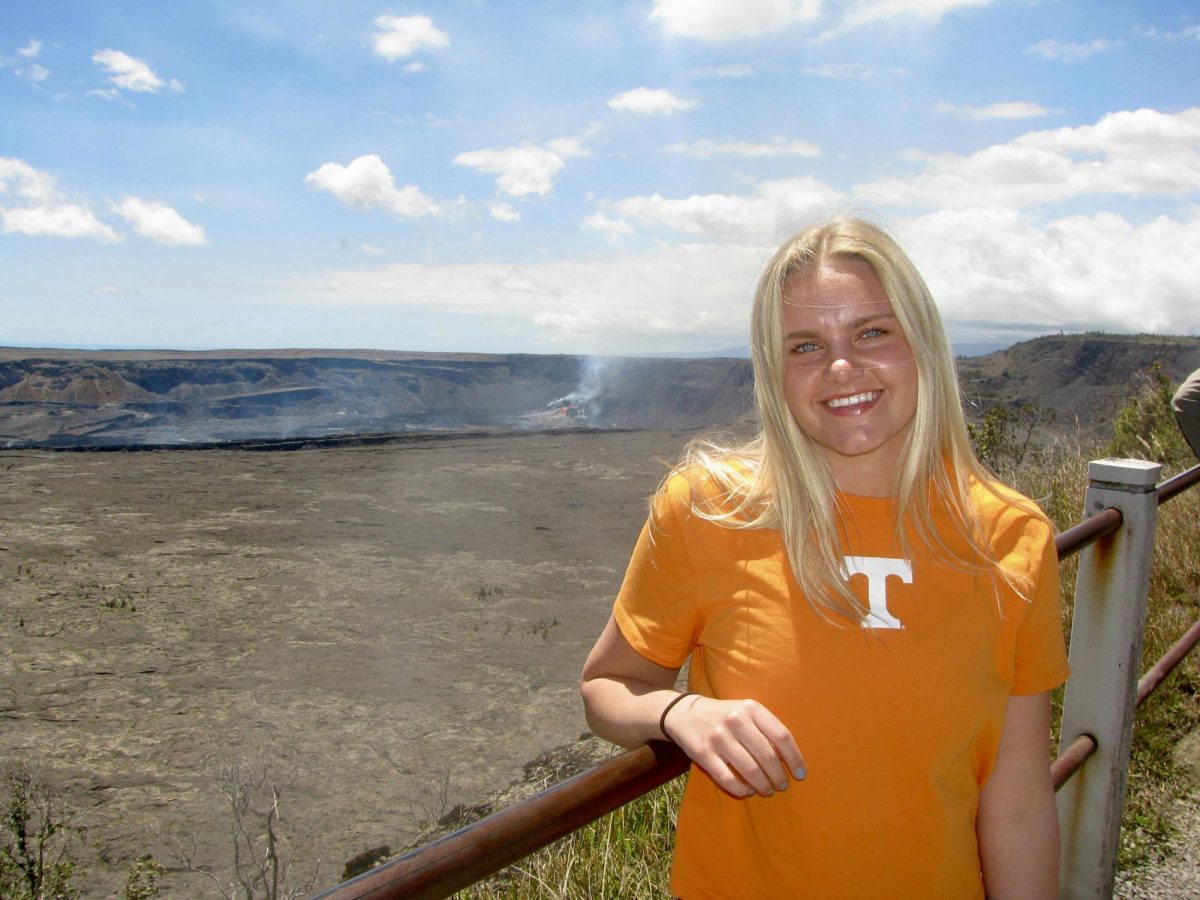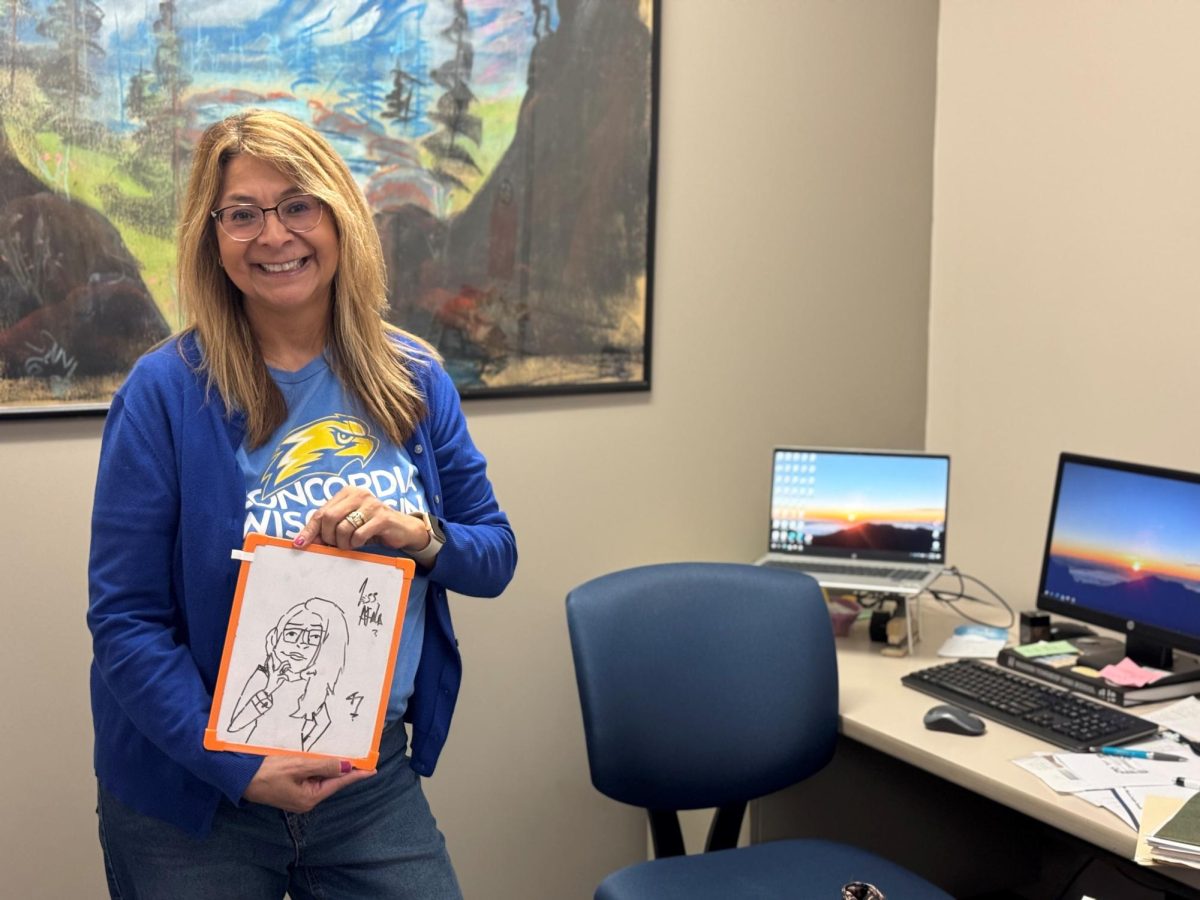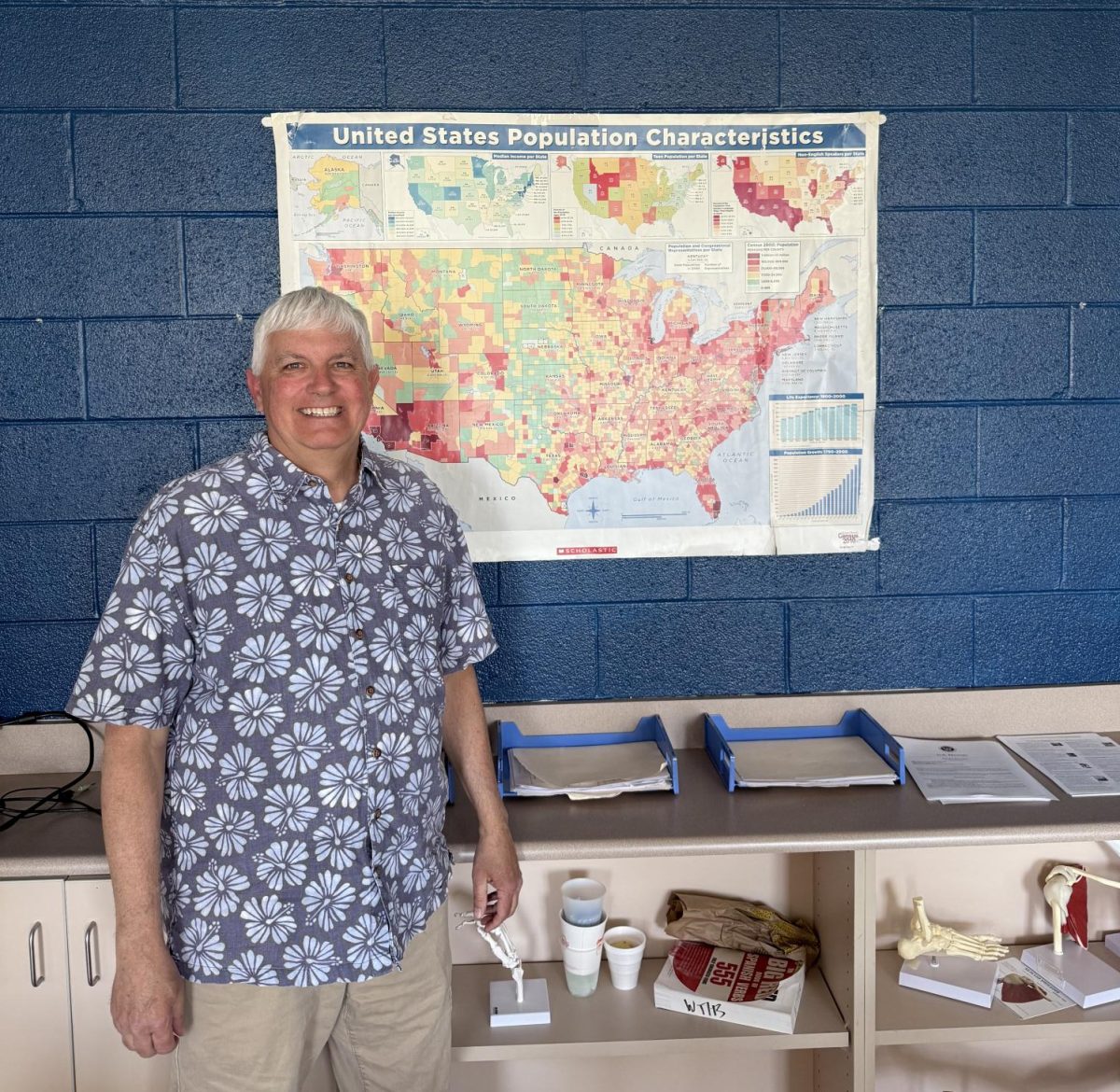The Good, the Bad, and the Ugly @ O’Plaine Campus
February 1, 2021
Following District 121’s adoption of a hybrid approach to learning last week, all students have been forced to experience change. Whether a result of the updated camera policy, novel schedule, or return to the classroom, the latest administrative decisions have had a major impact on 4,000 high schoolers. Given this shift in our education experience, I believe that it is necessary to evaluate the effectiveness of Warren’s attempts to simulate an average school day.
The Good
Despite what apparently negative consensus, there are benefits to recent policies. Hybrid learning has provided the average student with the opportunity to attend school in a somewhat normal fashion, albeit for four days a month. Being a freshman, I was grateful to visit the O’Plaine Campus for the first time and finally feel as if I were in high school. Mask-wearing and sanitation are also prevalent, which should help to ease apprehension about returning. Likewise, the new schedule complements in-person school well and allows class times to reflect typical 50 minute periods.
Furthermore, I find it beneficial to remind ourselves that the new camera policy was not instituted without reason. Although we would all like to deny it, the ability to adopt a guise on a whim led to carelessness. After all, who can blame a school when students are attending classes in bed, playing on their PS5s during instruction, or worst of all, skipping class entirely? Considering that ¼ of all Warren Township high schoolers had at least one F last semester, forcing students to have their cameras on is thought to be necessary evil to combat the aforementioned behaviors. It also provides teachers with the ability to better connect with students, given that they no longer have to stare at black screens for an hour.
The Bad
With good comes bad, and this case is no different. While allowing students to enter the building was a step in the right direction, no one believed that it would come without consequence. I, like many students and parents, have grievances about the transition to normality. Aside from the stories of buses driving past stops and single-person classrooms, I often felt as if I were not a student, but rather an observer during class. And while the efforts to engage the few in the classroom were well-received, I largely found myself listening to my teachers teach to those at home.
As for the schedule, I will not waste time discussing the new start time: it is simply something that we must adapt to. I will, however, address the moving of SEL time to midday, an impractical decision on the part of administrators. Considering that most morning class sessions consist solely of reading the agenda, few students are going to require help after the 25-minute long periods. When it is likely that they will need help, generally at the end of the day, students will have no choice but to contact teachers and hope for availability, an annoyance for both parties. The schedule also fails to account for in-person students, who are unfamiliar with or can hardly recall how to navigate the campus halls. We are given a measly five minutes to search for classes, which would have not been the case on a typical first day back.
Last but not least is the camera policy. Although I doubt that anyone would disagree that it has some benefits, most students, including myself, are still not appreciative of its enactment. Representative of this is a petition signed by nearly 40% of Warren students, which also addresses alternatives to the policy. For the average student, relinquishing camera autonomy may have unexpected adverse effects. Among common concerns are the lack of privacy, convenience, and comfort.
The Ugly
The “worst of the worse” has appropriately been saved for last. Unsurprisingly, allowing students in the building, even if for only six hours a week, has resulted in positive Covid-19 cases. Although few have been confirmed, it is only a matter of time before contact tracing reveals that dozens of students were exposed.
In regards to cameras, annoyance could turn to shame for students who do not have the luxury of a standard homelife. Unbeknownst to students and teachers alike, many people are not completing school from their desks. Rather, they are at their parents’ jobs, in a fast-food restaurant waiting for a signal, or sitting in a car. Thankfully, Warren is willing to make exceptions for students with extenuating circumstances. This is not to say, however, that there will not be unseen consequences to any of the decisions recently made, both good and bad.









